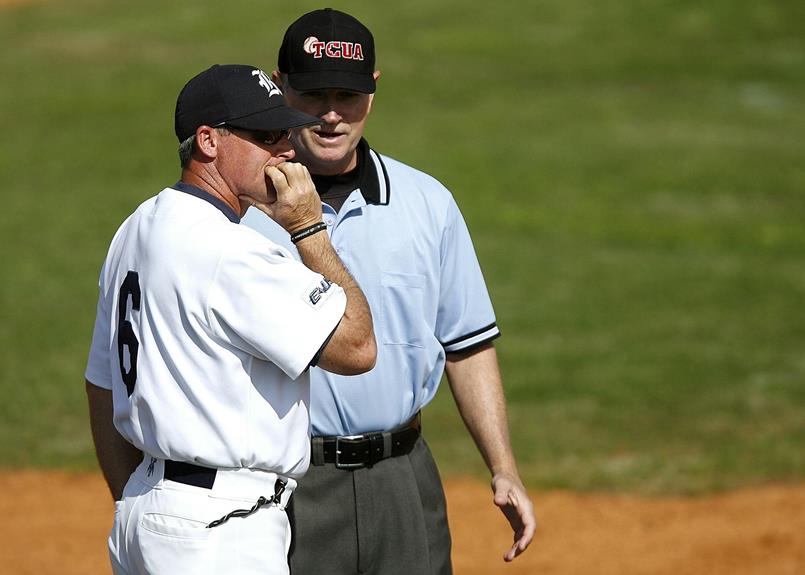
In the National League, teams focus on small ball tactics and versatile players due to no designated hitter rule. Pitchers bat, impacting strategic decisions, with more double switches for offensive optimization. Meanwhile, the American League emphasizes power-hitting lineups and can allocate roster spots to specialists because of the DH rule. Lineups feature more sluggers, and in-game tactics differ. The playoff strategies and defensive shifts also vary between the leagues. Explore further to understand deeper insights into the unique baseball strategies of the National and American Leagues.
Historical Background and Rule Variations
When exploring the historical background and rule variations between the National and American Leagues, it becomes evident that distinct differences have shaped the strategies employed by teams in each league. The National League, established in 1876, has a longer history compared to the American League, which was founded in 1901. This variance in founding dates has influenced the style of play and managerial decisions in each league.
The National League historically emphasized more on small ball tactics, such as sacrifices and stolen bases, due to the absence of the designated hitter (DH) rule. In contrast, the American League's adoption of the DH rule in 1973 shifted the focus towards power-hitting lineups. Moreover, rule variations like the presence of the DH in the American League and the absence of it in the National League have led to different pitching strategies and player specialization.
Understanding these historical nuances and rule disparities is crucial in comprehending the strategic disparities between the two leagues.
Roster Construction and Lineup Differences
Exploring how these historical background and rule variations have influenced roster construction and lineup differences between the National and American Leagues reveals significant strategic distinctions in team composition and batting order.
In the National League, due to the absence of the designated hitter (DH) position, teams often prioritize versatile players who can field multiple positions effectively. This requirement impacts roster construction, as National League teams typically carry more position players to allow for strategic substitutions and defensive adjustments late in games.
On the other hand, American League teams can allocate roster spots to additional pitchers or power-hitting specialists since the DH spot eliminates the need for pitchers to bat. Consequently, American League lineups tend to feature more sluggers and fewer defensive-oriented players compared to their National League counterparts.
Understanding these roster construction nuances is essential for managers in each league to optimize their team's performance and adapt their batting order to exploit these strategic differences effectively.
Pitching Strategies and Player Usage
Pitching strategies and player usage in the National and American Leagues differ significantly due to varying approaches towards managing pitcher workload and lineup construction.
In the National League, pitchers are required to bat, impacting managerial decisions on when to pull a pitcher for a pinch hitter. This can lead to quicker hooks for pitchers in crucial offensive situations.
Conversely, the American League utilizes the designated hitter (DH), allowing pitchers to focus solely on their pitching performance without the distraction of batting. As a result, American League managers often let their pitchers stay in the game longer since their spot in the lineup doesn't come up.
Additionally, the National League tends to have more double switches, where a pitcher's spot in the lineup is moved to a different position to optimize offensive potential while making pitching changes.
In contrast, the American League experiences fewer double switches due to the DH rule, leading to a more straightforward approach to player management.
In-Game Tactics and Defensive Shifts
Defensive shifts and in-game tactics vary between the National and American Leagues, impacting how teams approach strategic play on the field. In the National League, where pitchers still bat, managers may need to consider when to pinch-hit for their pitcher, potentially affecting the defensive alignment for the rest of the game. This decision-making process can lead to unique in-game strategies, such as double switches to optimize offensive and defensive capabilities simultaneously.
On the other hand, in the American League, with the designated hitter rule in place, managers have the luxury of keeping their pitchers out of the batter's box, allowing for a more straightforward approach to in-game tactics without needing to consider offensive substitutions as frequently.
Defensive shifts also play a significant role in both leagues, but the extent and frequency of these shifts can differ. American League teams, with the DH rule, might focus more on defensive positioning based on statistical data, while National League teams could be more inclined to consider the pitcher's spot in the lineup when determining defensive shifts. These variations influence how teams strategize and adapt defensively throughout the game.
Playoff and World Series Strategies
During postseason matchups, teams in the National and American Leagues strategically adjust their gameplay to secure victories in the Playoff and World Series. The intensity of the playoffs demands a different level of strategic planning compared to the regular season. Managers carefully consider pitching rotations, bullpen usage, and lineup matchups to gain an edge over their opponents. In the World Series, where every game is crucial, teams often rely on their aces and top relievers more frequently. Starting pitchers might be pulled earlier, and relievers could pitch multiple innings to shut down the opposing team's offense.
Offensively, teams may adopt a more aggressive approach, looking to capitalize on every scoring opportunity. Bunting, hit-and-run plays, and stolen base attempts become more prevalent as teams strive to manufacture runs. In close games, small-ball strategies can make a significant difference in the outcome.
Defensively, teams focus on preventing big innings by making precise defensive shifts and bringing in defensive specialists for key situations. Overall, playoff and World Series strategies emphasize maximizing strengths, exploiting weaknesses, and adapting quickly to changing game dynamics to emerge victorious.




